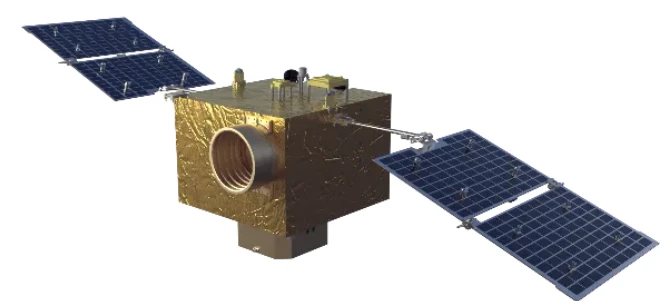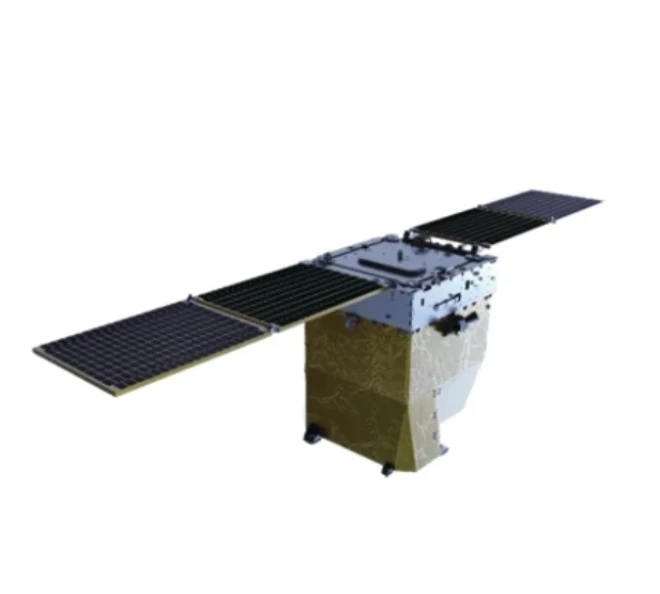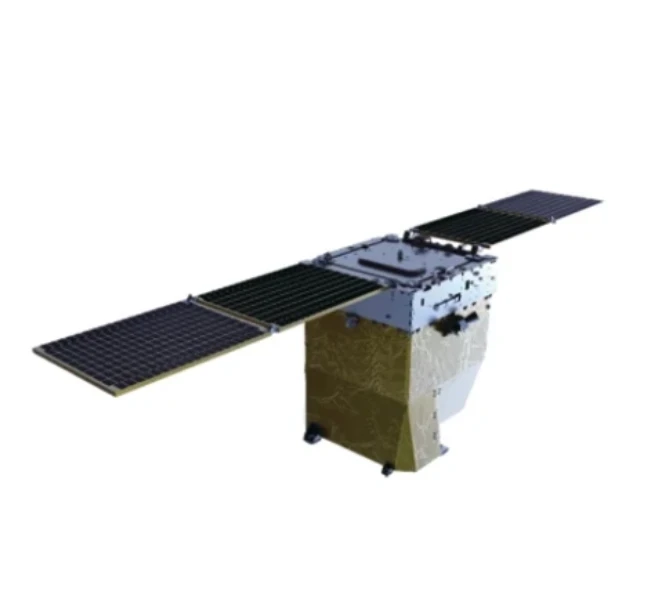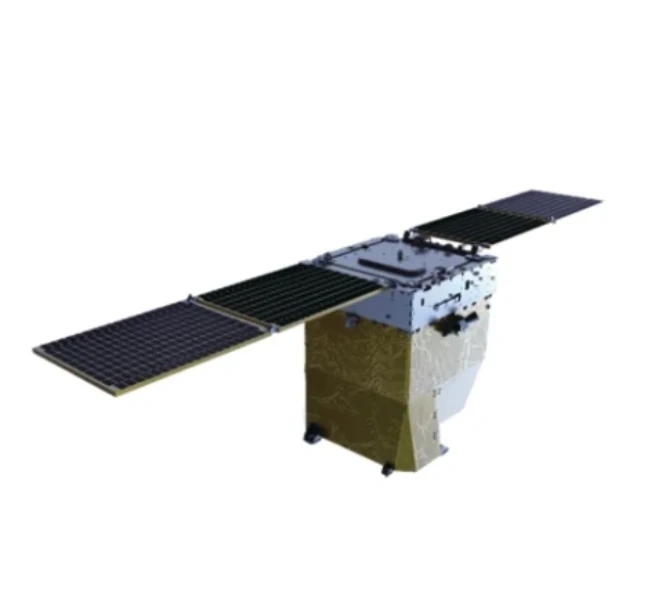
- 非洲
- 阿尔巴尼亚语
- 阿姆哈拉语
- 阿拉伯
- 亚美尼亚语
- 阿塞拜疆语
- 巴斯克
- 白俄罗斯语
- 孟加拉
- 波斯尼亚语
- 保加利亚语
- 加泰罗尼亚语
- 宿务语
- 中国
- 科西嘉
- 克罗地亚语
- 捷克语
- 丹麦语
- 荷兰语
- 英语
- 世界语
- 爱沙尼亚语
- 芬兰
- 法语
- 弗里斯兰语
- 加利西亚语
- 格鲁吉亚
- 德语
- 希腊语
- 古吉拉特语
- 海地克里奥尔语
- 豪萨语
- 夏威夷
- 希伯来语
- 不
- 苗族
- 匈牙利
- 冰岛语
- 伊博语
- 印度尼西亚
- 爱尔兰
- 意大利语
- 日本人
- 爪哇语
- 卡纳达语
- 哈萨克语
- 高棉语
- 卢旺达
- 韩国人
- 库尔德
- 吉尔吉斯
- 劳动
- 拉丁
- 拉脱维亚语
- 立陶宛语
- 卢森堡语
- 马其顿语
- 马尔加什
- 马来语
- 马拉雅拉姆语
- 马耳他语
- 毛利人
- 马拉地语
- 蒙
- 缅甸
- 尼泊尔语
- 挪威
- 挪威
- 奥克西唐语
- 普什图语
- 波斯语
- 抛光
- 葡萄牙语
- 旁遮普语
- 罗马尼亚语
- 俄语
- 萨摩亚
- 苏格兰盖尔语
- 塞尔维亚
- 英语
- 绍纳语
- 信德语
- 僧伽罗语
- 斯洛伐克语
- 斯洛文尼亚语
- 索马里
- 西班牙语
- 巽他語
- 斯瓦希里语
- 瑞典
- 他加禄语
- 塔吉克
- 泰米尔语
- 鞑靼语
- 泰卢固语
- 泰国
- 土耳其
- 土库曼人
- 乌克兰
- 乌尔都语
- 维吾尔
- 乌兹别克语
- 越南语
- 威尔士语
- 帮助
- 意第绪语
- 约鲁巴人
- 祖鲁语
The Role of Satellite Platforms in Modern Communication
Satellite technology has revolutionized how we communicate, collect data, and monitor remote areas. From satellite platforms to satellite platforms in remote sensing, the innovation in space-based systems has opened up new possibilities in industries ranging from communication to environmental monitoring. In this article, we will explore the different facets of satellite platforms, satellite networks, 卫星总线设计, and the critical field of satellite communication, all of which play a crucial role in today’s high-tech world.
Understanding Satellite Platform Technology
A 卫星平台 is the underlying structure or foundation that supports and enables the operation of a satellite. It consists of several components, including the satellite bus, payload, and communication systems, which work together to ensure the satellite can perform its intended function. Satellite platforms are critical for the functioning of all types of satellites, whether they are designed for communication, Earth observation, or scientific research.
When developing a 卫星平台, engineers must ensure that all components are robust and reliable. The platform must be capable of housing the satellite's payload—such as cameras, sensors, or communication equipment—while also providing the necessary power, thermal management, and control systems to keep the satellite operational in space. The versatility of satellite platforms allows them to be customized for different missions, from global communication networks to deep-space exploration.
In recent years, there has been a shift toward more compact and cost-efficient satellite platforms that can be used for small satellites or CubeSats. These innovations allow companies to launch satellites more affordably and rapidly, increasing access to space-based technologies for a wider range of industries.
Satellite Platforms in Remote Sensing: Enhancing Data Collection
One of the most important applications of satellite platforms is in the field of remote sensing. Satellite platforms in remote sensing are used to capture data from Earth for various purposes, including weather monitoring, climate research, and environmental management. These platforms are equipped with specialized sensors, cameras, and imaging devices that collect data from Earth's surface and send it back to ground stations for analysis.
The use of satellite platforms in remote sensing has revolutionized the way we monitor the planet. They enable the collection of high-resolution imagery, infrared data, and other sensor information from areas that are difficult or impossible to access by other means. For example, remote sensing satellites can monitor agricultural areas, detect changes in land use, or track the effects of deforestation. The data gathered by these satellites are invaluable for industries such as agriculture, forestry, disaster response, and urban planning.
As technology advances, the capabilities of satellite platforms in remote sensing continue to grow. New sensor technologies and better satellite platform designs allow for more precise data collection, which can be used to monitor and manage environmental issues in real time.
What Are Satellite Networks? The Backbone of Modern Communication
In the modern world, communication systems depend heavily on satellite networks. These networks are comprised of a series of interconnected satellites that work together to provide global coverage. Satellite networks enable everything from television broadcasting to internet access, military communications, and more.
A satellite network typically consists of several types of satellites, such as geostationary, low Earth orbit (LEO), and medium Earth orbit (MEO) satellites, which work together to provide uninterrupted coverage. Each type of satellite in a satellite network has its own specific role, with geostationary satellites providing broad coverage over fixed regions and LEO satellites offering lower-latency, high-speed communication.
The infrastructure of satellite networks is constantly evolving as new technologies are developed. For example, the introduction of small satellite constellations has enabled companies like Starlink to create high-speed, low-latency internet services available in remote areas. These advancements in satellite networks are helping to close the digital divide and bring connectivity to regions that were previously underserved.
The Importance of Satellite Bus Design in Spacecraft Development
The 卫星总线设计 is a critical aspect of any satellite’s construction. It refers to the primary framework or structure that supports the satellite's payload and provides all the necessary systems for its operation, including power, propulsion, communication, and thermal control. The 卫星总线设计 must ensure that the satellite functions as intended in space, with the bus providing the necessary stability and support for the satellite's equipment.
There are various types of satellite bus designs, depending on the mission and the satellite's size. For example, small CubeSats often use a simpler, more compact bus design, while larger communication satellites require more robust and sophisticated buses to support their heavy payloads. The design of the satellite bus is closely tied to the satellite's overall mission, with factors such as power consumption, weight, and thermal management being crucial considerations during the design process.
As space exploration continues to advance, the 卫星总线设计 must also evolve. Engineers are working to develop more efficient, reliable, and cost-effective buses that can support new types of satellite missions, including those related to space tourism, asteroid mining, and deep-space exploration.
Satellite Communication: Connecting the World via Space
Satellite communication is one of the most widely used applications of space technology. It provides essential communication services by transmitting signals from satellites in orbit to Earth, enabling global connectivity. Satellite communication is crucial for a variety of industries, from telecommunications and broadcasting to defense and weather forecasting.
The key to satellite communication is the satellite platform itself, which houses the transponder and communication systems. These systems receive signals from Earth stations, amplify them, and transmit them back to Earth or to other satellites in the network. This allows for the transmission of voice, data, and video across long distances, even in remote or hard-to-reach areas.
In recent years, satellite communication technology has seen significant advancements, including the development of high-throughput satellites (HTS), which offer faster speeds and more bandwidth. New satellite constellations, such as those being developed by SpaceX's Starlink, are also helping to provide faster, more reliable internet access to remote and underserved regions of the world.
Satellite pPlatform FAQs
What is a satellite platform?
A 卫星平台 is the structural base that supports a satellite's payload and provides the necessary systems for its operation, such as power, thermal control, and communication.
How are satellite platforms used in remote sensing?
Satellite platforms in remote sensing are used to carry sensors and imaging devices that capture data about Earth’s surface, which can be used for environmental monitoring, weather prediction, and resource management.
What is a satellite network?
A satellite network refers to a system of interconnected satellites that provide global coverage for communication, data transmission, and other services.
Why is satellite bus design important?
Satellite bus design is essential because it provides the necessary support and infrastructure for the satellite’s payload and ensures the satellite can operate efficiently in space.
What role does satellite communication play?
Satellite communication enables global connectivity by transmitting signals from space to Earth, supporting a wide range of services including internet access, television broadcasting, and military communication.











